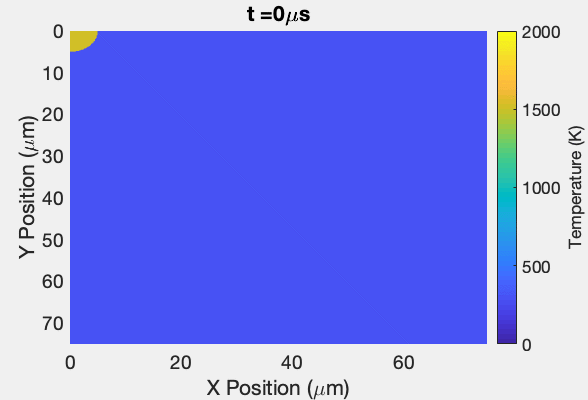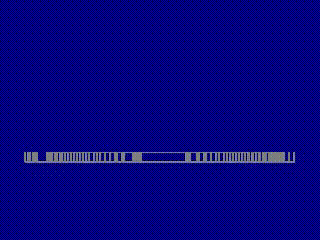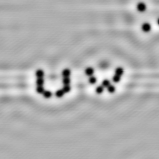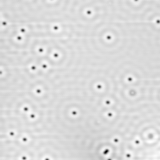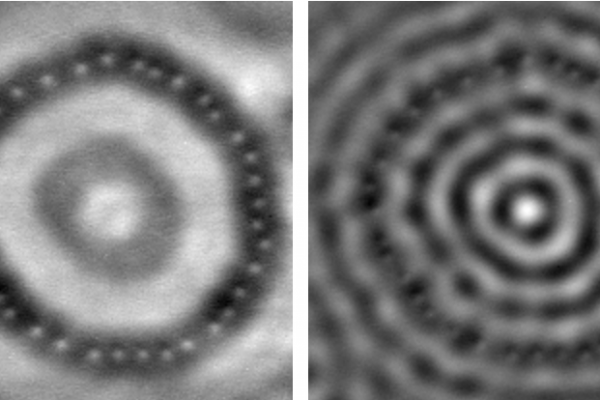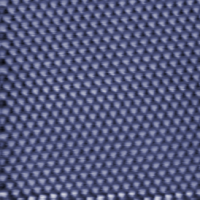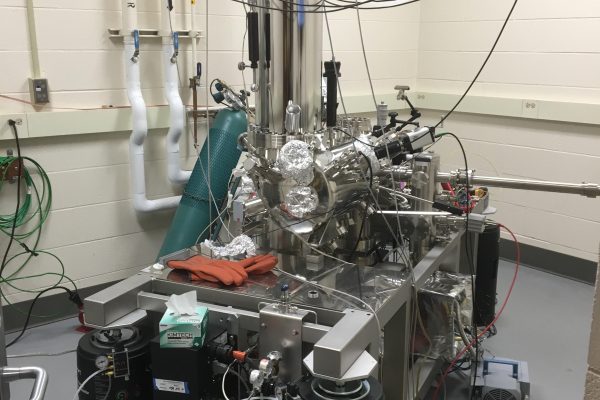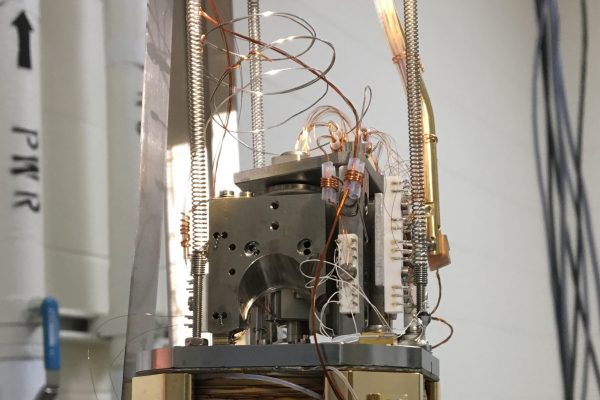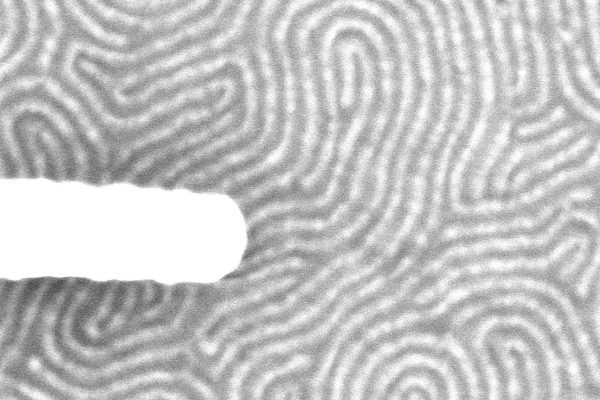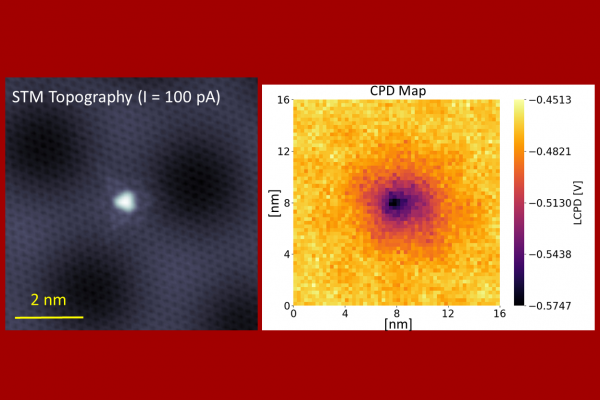The Brar Lab at the University of Wisconsin--Madison
WELCOME TO THE BRAR LAB!
We probe the electronic, magnetic, and optical behavior of materials at the atomic-scale in search of new phenomena that have both fundamental and technological importance. Examples of such effects include highly localized plasmonic modes, long-range magnetic interactions, and deep impurity states. The types of behavior we search for are general and manifest in many types of systems, but they often occur most dramatically in exotic materials that exhibit quantum effects and in low dimensional materials with strong electron interactions. When new behavior is discovered locally, we use large-scale lithographic methods to structure the host material, such that those phenomena can manifest macroscopically in ways that can be utilized for new device applications.
